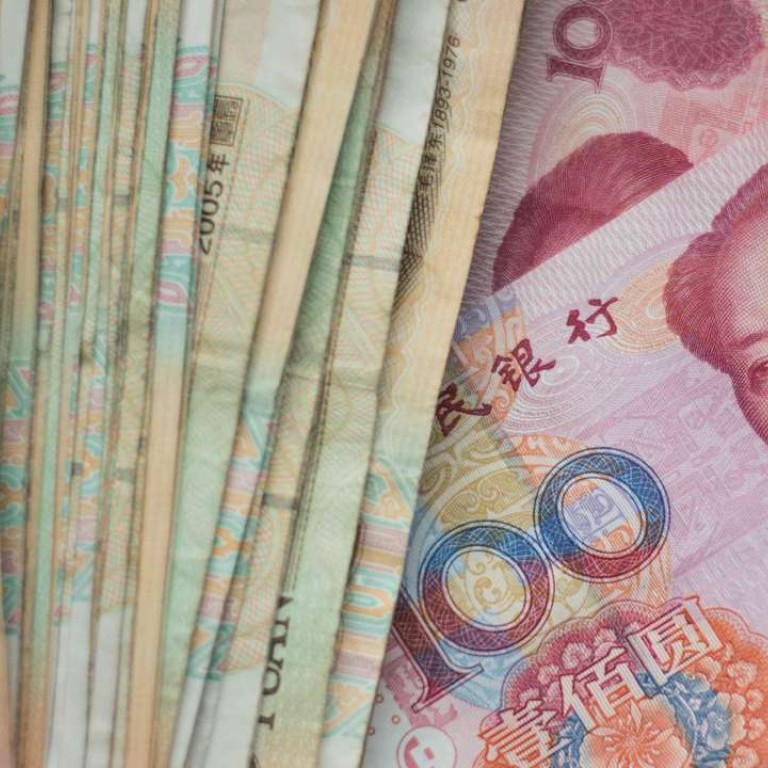
Yuan Hibor hits 8-month high as liquidity crunch continues
Speculation grows of intervention from the Chinese central bank to hit short sellers
Borrowing costs for the yuan in Hong Kong soared to an eight-month high on Monday as speculation grew of possible intervention from the Chinese central bank to hit short sellers of the currency.
The overnight Hong Kong Interbank Offered Rate (Hibor) for the offshore yuan surged by 1,573 basis points to 23.683 per cent, according to Treasury Markets Association data. That’s the highest level since January this year.
Meanwhile, the one-week rate rose 346 basis points to 12.446 per cent and the one-month rate was up by 164 basis points to 7.7193 per cent.
The yuan’s borrowing costs in Hong Kong have been on a rise since early September, signalling a shortage of liquidity in the offshore yuan market.
The overnight Shanghai Interbank Offered Rate (Shibor) rose by 1.4 basis point to 2.154 per cent on Monday, up for the tenth day in a row. The one-month Shibor also rose for the fourth consecutive day to 2.6950 per cent, the highest level so far this month. Three-month Shibor has risen for six days to 2.796 per cent.
Analysts also said the continued rise in offshore borrowing costs was a likely sign that the People’s Bank of China was planning to intervene in the market to discourage short sellers.
There has been widespread speculation in the (offshore) market that the PBOC has intervened in the market in an effort to raise borrowing costs for short-sellers
“There has been widespread speculation in the (offshore) market that the PBOC has intervened in the market in an effort to raise borrowing costs for short-sellers,” said Wang Ju, senior FX strategist at the HSBC in Hong Kong.
A rise in Hibor increases the cost of borrowing the currency for short sellers, and dampens speculation activity.
“Although the Federal Reserve may not raise interest rates at its September meeting, it may set the stage for a rate hike in December, providing support for the US dollar,” said Wang.
“That’s increasing the depreciation pressure for the yuan and may have prompted moves by the PBOC.”
Xie Yaxuan, chief macro analyst at China Merchants Securities, agreed, adding that “multiple signs are showing that the PBOC may have intervened in the offshore market”.
On January 11, central bank intervention pushed the yuan’s Hibor to 13.4 per cent and to 66.82 per cent the following day, which led the currency to strengthen from 6.6832 to 6.5780 against the US dollar within two days.
The yuan’s liquidity in Hong Kong is expected to tighten further in the next six to 12 months and the yuan Hibor may surge from time to time, according to a research note from the Societe Generale.
The offshore yuan was trading at 6.6708 to the US dollar by 2.35pm on Monday, compared with 6.6956 on September 9, when the Hibor started rising.
The onshore yuan was quoted at 6.6690 against the US dollar in Shanghai, compared with 6.6803 on September 6.
